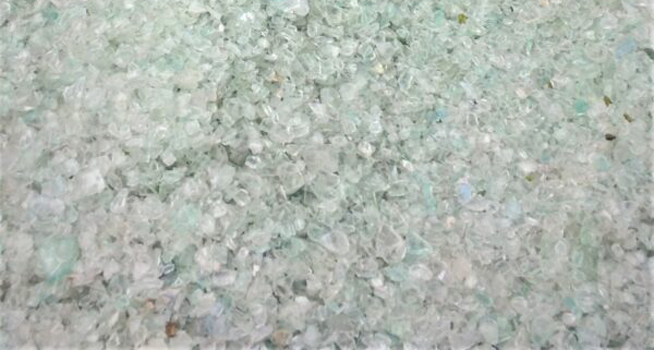Allied Glass is continuously striving to better its own practices and push for a greener future in the glass industry. Glass recycling is a huge part of what the company does to reduce its footprint in the manufacturing processes, and it’s also highly important to to the company in promoting a circular future. It’s possible to find more about Allied Glass’ ambitious green targets on their sustainability page.
Glass recycling is vital in promoting a circular economy. We all know how to recycle glass bottles and jars, but have you ever thought about where glass items such as windscreens end up? Well, they wind up in the same place as glass bottles do – back in furnaces ready to be melted down and crafted into stunning glass bottles.
What can be recycled?
Most of the glass products you see within your day-to-day lives can be recycled. But there are certain instances when glass composition or finishes mean they can’t be returned into a circular system. Anything you’re putting into curb side collection bins or bottle banks is easily usable for recycled glass content, as is any flat glass from construction sites or car manufacturers.
But there are some forms of glass that can’t re-used. Some types of double glazing for example, cannot be put back into the furnaces due to chemicals added to the glass when it is made for increased strength. These additional chemicals mean that the glass cannot be mixed with other general glass waste due to its composition. The way glass is treated during manufacture is often the reason it cannot be mixed with other general glass recycling. Some other examples of this are:
• Pyrex dishes
• Crystal vases
• Mirrors
• Lightbulbs
• Spectacles
Recycled Content in Glass Packaging
The amount of recycled content that can go into your beautifully designed glass packaging depends entirely on the desired outcome. Certain coloured glass allows for much higher levels of recycled glass content,usually levels are:
• Standard glass: up to 70 percent
• Charcoal glass: up to 95 percent
• Green glass: up to 97 percent
You may ask why Allied Glass doesn’t go as high as 100 percent recycled glass within green colour bottles, but the reasoning behind this is to preserve a high level of quality. It’s often needed to add a very small percentage of raw materials into the mix to ensure seed levels are kept to a minimum. Seeds are bubbles in the glass. The small percentage of raw materials helps to keep the glass chemistry in control and, therefore, the quality.
Where is Allied’s glass coming from?
Allied gets its cullet glass from two main suppliers: URM and Sibelco. Sibelco provide post-consumer container cullet and URM provides a mixture of both post-consumer container cullet and plate cullet from construction and automotive industries (around a 70:30 ratio respectively). Having a reliable supply chain in place that can be trusted is vital to consistently provide greener glass options.
Allied is able to trust its suppliers to fully inspect and sort through all glass provided, to avoid any unwanted materials from entering the furnaces. Extra materials, such as plastics, can cause imperfections in glass, so it is important to work with suppliers with a thorough inspection process.






